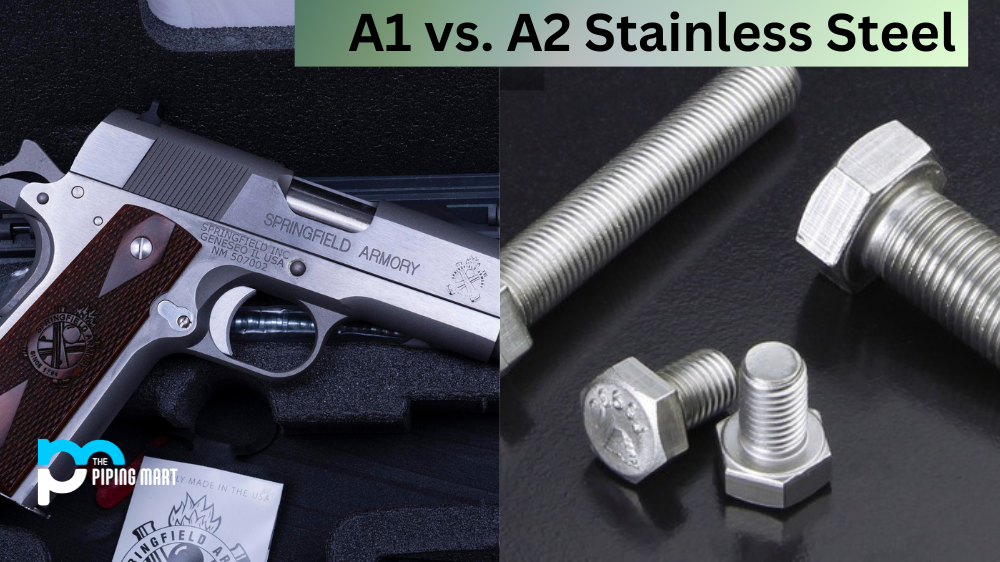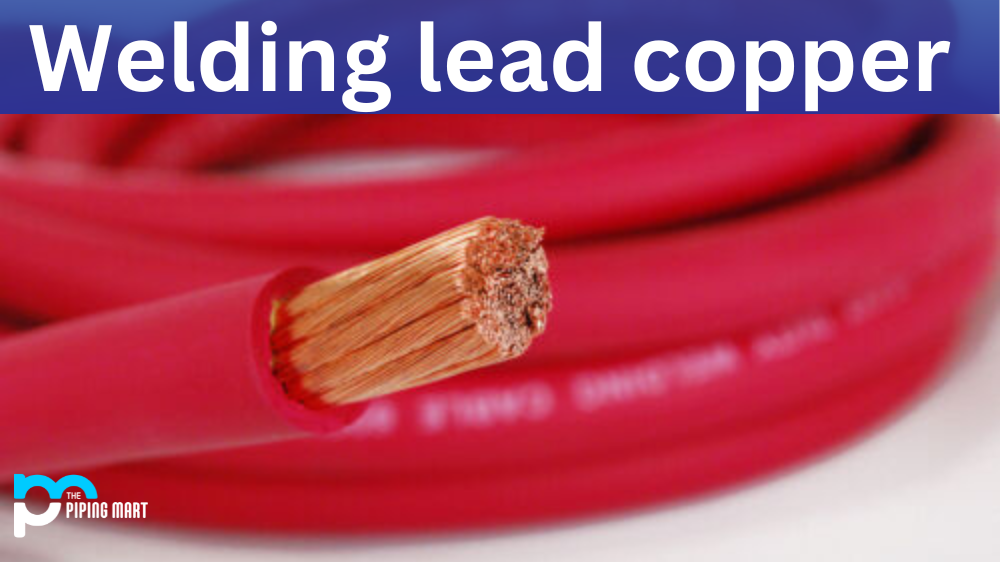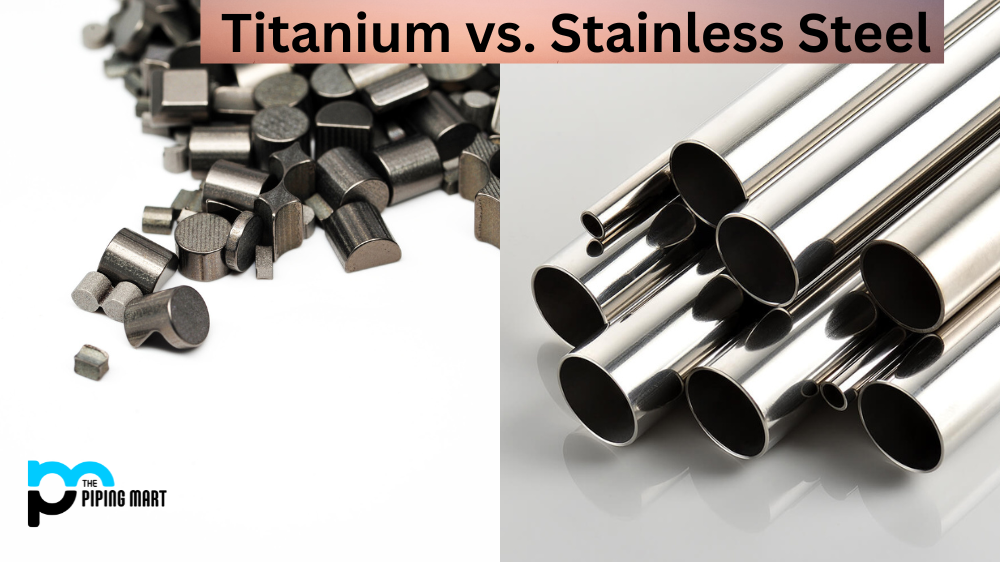When it comes to steel, there are several different types and grades available for a variety of uses. Two commonly used types are A1 and A2 stainless steel. Both types have their own unique properties and benefits. Let’s take a look at what makes each type special, so you can make an informed decision on which type is right for your project.
A1 Stainless Steel
A1 stainless steel is an austenitic steel, which means it has a higher degree of chromium (which helps the steel resist corrosion) than other forms of stainless steel. It also has good weldability and formability, making it ideal for use in many applications that require welding or forming. It is typically used in architectural structures, kitchen appliances, automotive components, and medical instruments.
A2 Stainless Steel
A2 stainless steel is an alloy made from chromium-molybdenum-vanadium (Cr-Mo-V). It has excellent corrosion resistance thanks to its high content of molybdenum, making it great for outdoor applications such as marine environments or chemical processing plants. It also has great strength and wear resistance due to the high levels of vanadium in the alloy. This makes it a popular choice for valves, pumps, fasteners, and other parts that will be exposed to harsh conditions or heavy use.
Difference Between A1 and A2 Stainless Steel
The main difference between A1 and A2 stainless steel lies in their chemical composition. As mentioned earlier, A1 contains more chromium, while A2 contains more molybdenum and vanadium. This affects their performance when exposed to certain environments; for example, A1 is better suited to indoor applications, while A2 is better suited to outdoor applications due to its superior corrosion resistance. In terms of strength, both types are comparable, but A2 tends to have slightly higher strength due to its higher molybdenum content.
Chemical Composition
The main difference between A1 and A2 stainless steel is the carbon content. A1 stainless steel has a carbon content of less than 0.03%, while A2 stainless steel has a carbon content of 0.08-0.13%.
Strength and hardness
A1 stainless steel is less strong and hard than A2 stainless steel. This makes it more suitable for applications where corrosion resistance is more important than strength, such as in food processing equipment or kitchen utensils.
Cost
A1 stainless steel is generally more expensive than A2 stainless steel due to its higher carbon content. However, both types of stainless steel are relatively affordable compared to other metals such as titanium or nickel alloys.
Weldability
A1 and A2 stainless steel can both be welded, although A2 stainless steel is easier to weld due to its lower carbon content. Welding can be used to join sections of metal together or to repair damaged metal surfaces.
Uses
A1 and A2 stainless steels are both used in a variety of applications. Some common applications for A1 stainless steel include food processing equipment, kitchen utensils, and surgical instruments. Common applications for A2 stainless steel include construction materials, automotive parts, and tools.
Conclusion:
Choosing between A1 vs A2 stainless steel can often come down to personal preference since both materials offer similar performance characteristics with some minor differences in chemical composition and corrosion resistance. Ultimately it’s important that you choose the material that best fits your application needs; if you’re looking for something with good weldability and formability, then go with the lower-cost option of A1 stainless steel, whereas if you need something with better corrosion resistance, then go with the more expensive option of A2 stainless steel. Whatever your decision may be, make sure that you thoroughly research all available options before making any final decisions!

Meet Bhavesh, a seasoned blogger with a wealth of knowledge and experience. From metal products manufacturing to retail, Bhavesh has a diverse background in various industries and is dedicated to sharing his insights and expertise with readers.




